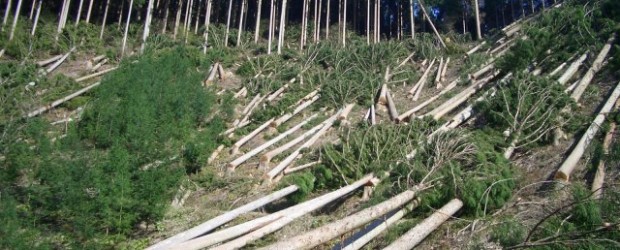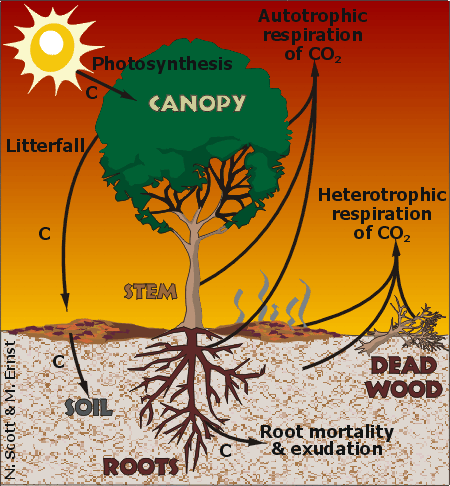Impact of deforestation on global warming varies with latitude

The new research, from a team of scientists representing 20 institutions from around the world, discovered that the impact of deforestation on global warming varies with latitude. It depends where the deforestation is. It could have some cooling effects at the regional scale, at higher latitudes, but there’s no indication deforestation is cooling lower latitudes, and in fact may actually cause warming. The surprising finding calls for new climate-monitoring strategies.
According to study, surface station observations are made in grassy fields with biophysical properties of cleared land and that’s why they do not accurately represent the state of climate for 30 percent of the terrestrial surface covered by forests. Researchers found that deforestation in the boreal region, north of 45 degrees latitude, results in a net cooling effect. While cutting down trees releases carbon into the atmosphere, it also increases an area’s albedo, or reflection of sunlight. Surface temperatures in open, non-forested, high-latitude areas were cooler because these surfaces reflected the sun’s rays, while nearby forested areas absorbed the sun’s heat. At night, without the albedo effect, open land continued to cool faster than forests, which force warm turbulent air from aloft to the ground.
Scientists are debating whether afforestation is a good idea in high latitudes. Study points that tree planting cause absorbing of carbon, which is a benefit to the climate system. At the same time, tree planting warm the landscape because trees are darker compared to other vegetation types. So they absorb solar radiation. But researchers points that the findings should not be viewed as a “green light” to cut down forests in high latitudes. The intent is to clarify where we can see these regional effects using actual temperature measurements.
The researchers collected temperature data from a network of specialized weather stations in forests ranging from Florida to Manitoba and compared results with nearby stations situated in open grassy areas that were used as a proxy for deforested land. Calculations show that north of Minnesota, or above 45 degrees latitude, deforestation was associated with an average temperature decrease of 1.5 degrees Fahrenheit. On the other hand, deforestation south of North Carolina, or below 35 degrees latitude, appeared to cause warming. Statistically insignificant cooling occurred between these two latitudes. (TerraDaily)








No comments